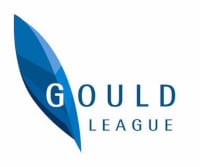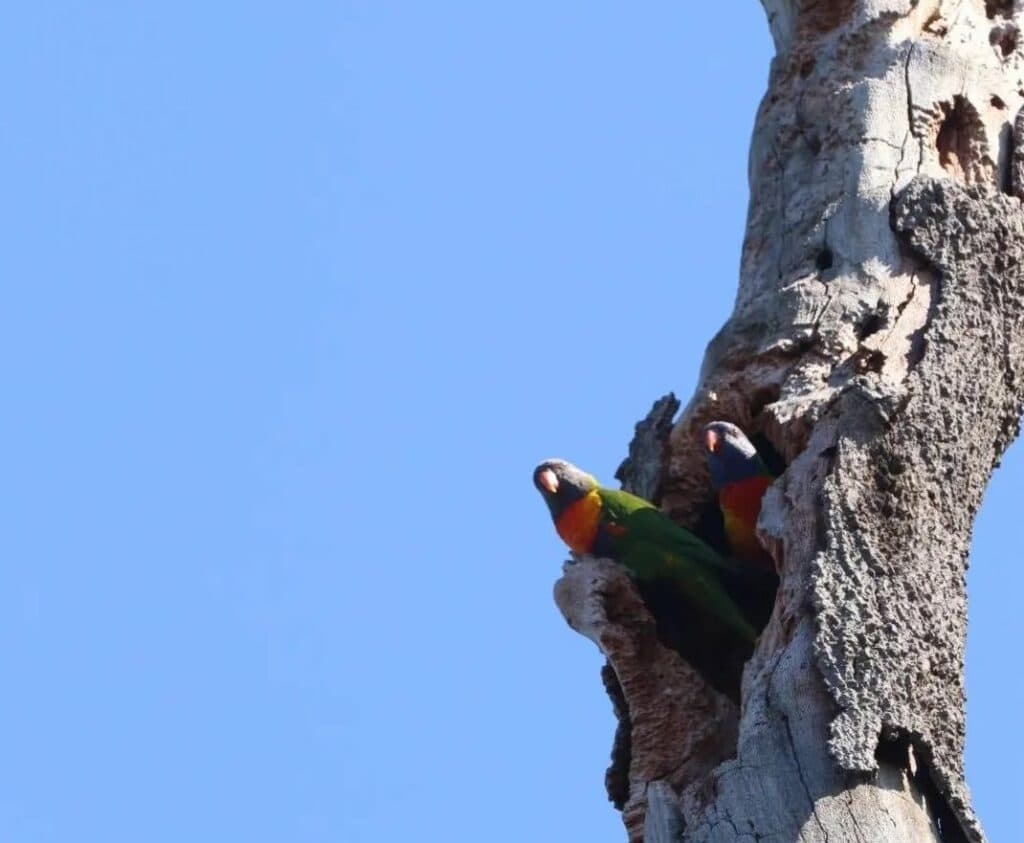Living Connections
-
Biodiversity
-
Worms & Compost
-
Human Impacts
-
Insects
-
Living things
-
Plants
-
Sustainability
Program Overview
All living things are connected. This program allows students to examine the changes plants and animals undergo as they grow and discover their key features that help them survive in our fascinating world. Young learners will be engaged and inspired during these hands on, interactive activities.
This program can be tailored to suit different levels of understanding, from topic introduction through to topic consolidation.
Program Outline:
There are two options for this program. The 2 hour short program includes three activities listed below (selected upon booking). The 4 hour long program includes all five activities.
Habitat Exploration (Mini Beasts, Plants and Birds)
Students investigate habitats available within the grounds of our Sustainability Centre, uncover and collect samples of the mini beasts which they view via the aid of a video microscope in our rainforest themed room known as “The Hollow”.
Life Cycles and Habitats
Students will inspect the various stages of the life cycles of a peanut, butterfly and frog and examine their importance within different habitats. We introduce the concept of metamorphosis and through a hands on activity, learn how to make a frog habitat/pond.
Compost Bin & Worms
Travel through our shrinking machine and immerse yourself in our compost bin and its wealth of invertebrates. Also meet our friendly earthworms and and discover why worms and composting are really important for healthy soil – and why we need healthy soil!
We’re ALL connected
Discover the relationship between flowering plants, garden invertebrates and birds through this drama based activity. Students discover all the components required for successful composting and how our gardens can benefit from recycling our organic waste.
Water Connections
Students discover how different inland water ways connect to each other and in turn the ocean. They learn the different features of a river at the different stages of its existence and develop a greater understanding of how a range of human activities, both terrestrial and water based, can impact the water courses and the ocean.
Both programs conclude with:
Call to Action
Students will derive actions they can take to ensure that gardens around their home, school and local community are able to support native wildlife.
Special allowance: 4 or more classes can be accommodated by special request however this is only available during a 4 hour program.
Certificate and Conservation Code to reinforce learnings
Post event, schools will be issued a Certificate of Participation and Conservation Code for each class which students are encouraged to sign and hang in the classroom as a reminder of their learnings and their commitment to protect the environment.
We encourage schools to connect with us a few weeks or months after school excursions to share behaviour changes made by the students or activities undertaken as a result of their learnings during their program so we can share success stories to inspire others, monitor the ongoing impact of our programs and make relevant updates or changes if required.
Victorian Curriculum Links:
SCIENCE: Science Understanding – Biological Science
– Living things have a variety of external features and live indifferent places where their basic needs, including food, water and shelter are met (VCSSU042)
– Living things grow, change and have offspring similar to themselves (VCSSU043)
GEOGRAPHY: Geographical Concepts & Skills / Data & Information
– Collect and record geographical data and information from the field and other sources (VCGGC060)
Geography: Geographical Knowledge – Places and our connections to them
– Reasons why some places are special and some places are important to people and how they can be looked after (VCGGK069)
The Victorian Curriculum F-10 content elements are © VCAA, reproduced by permission. Victorian Curriculum F-10 elements accurate at time of publication. The VCAA does not endorse or make any warranties regarding this resource. The Victorian Curriculum F-10 and related content can be accessed directly at the VCAA website.



